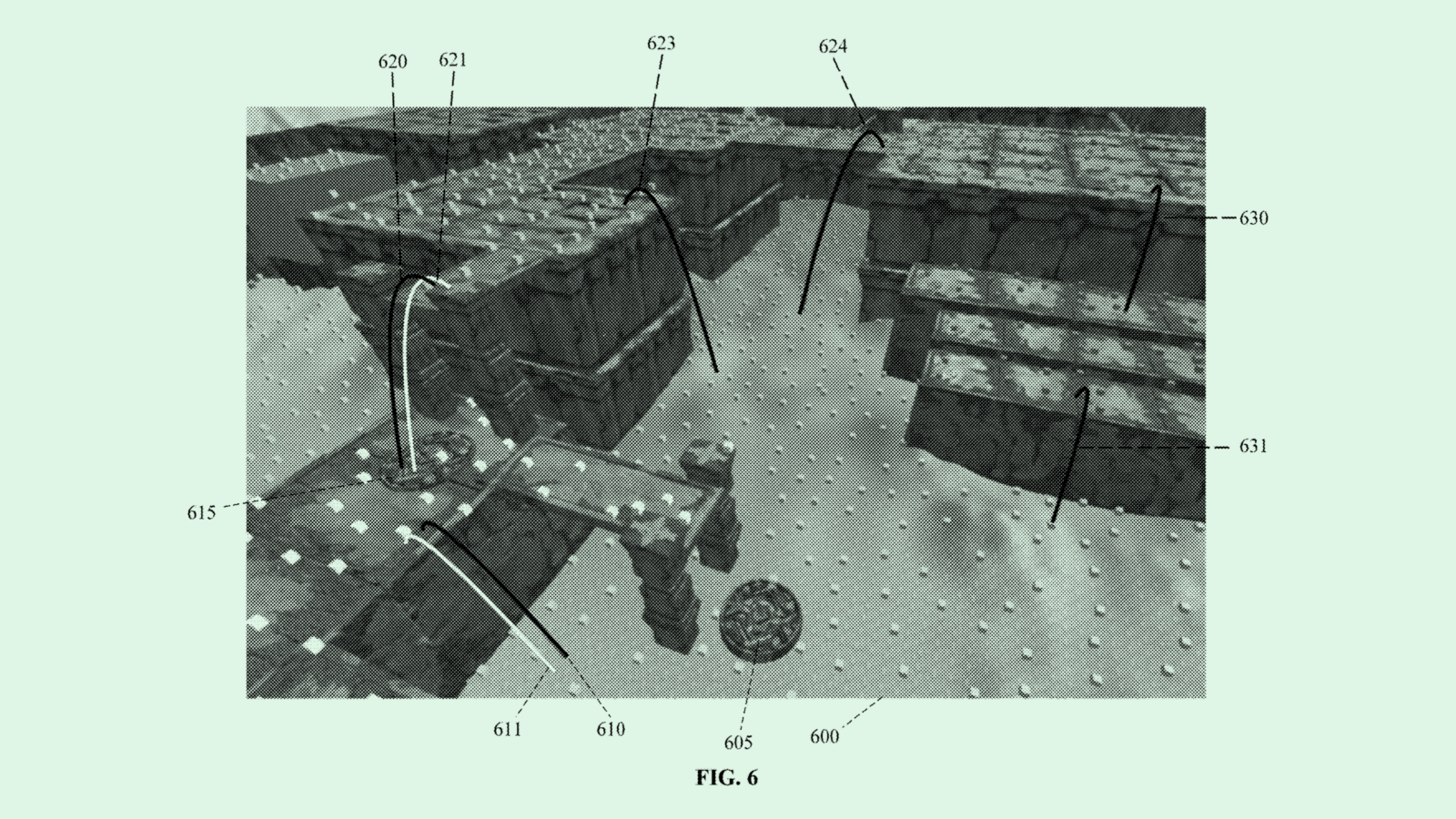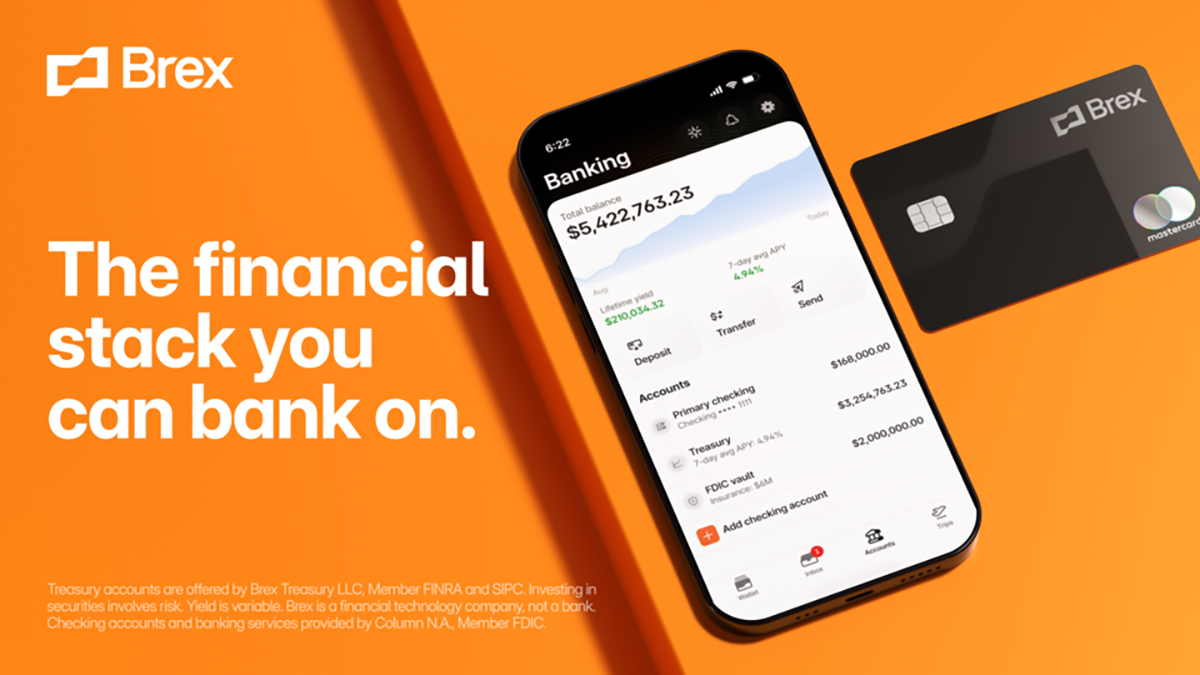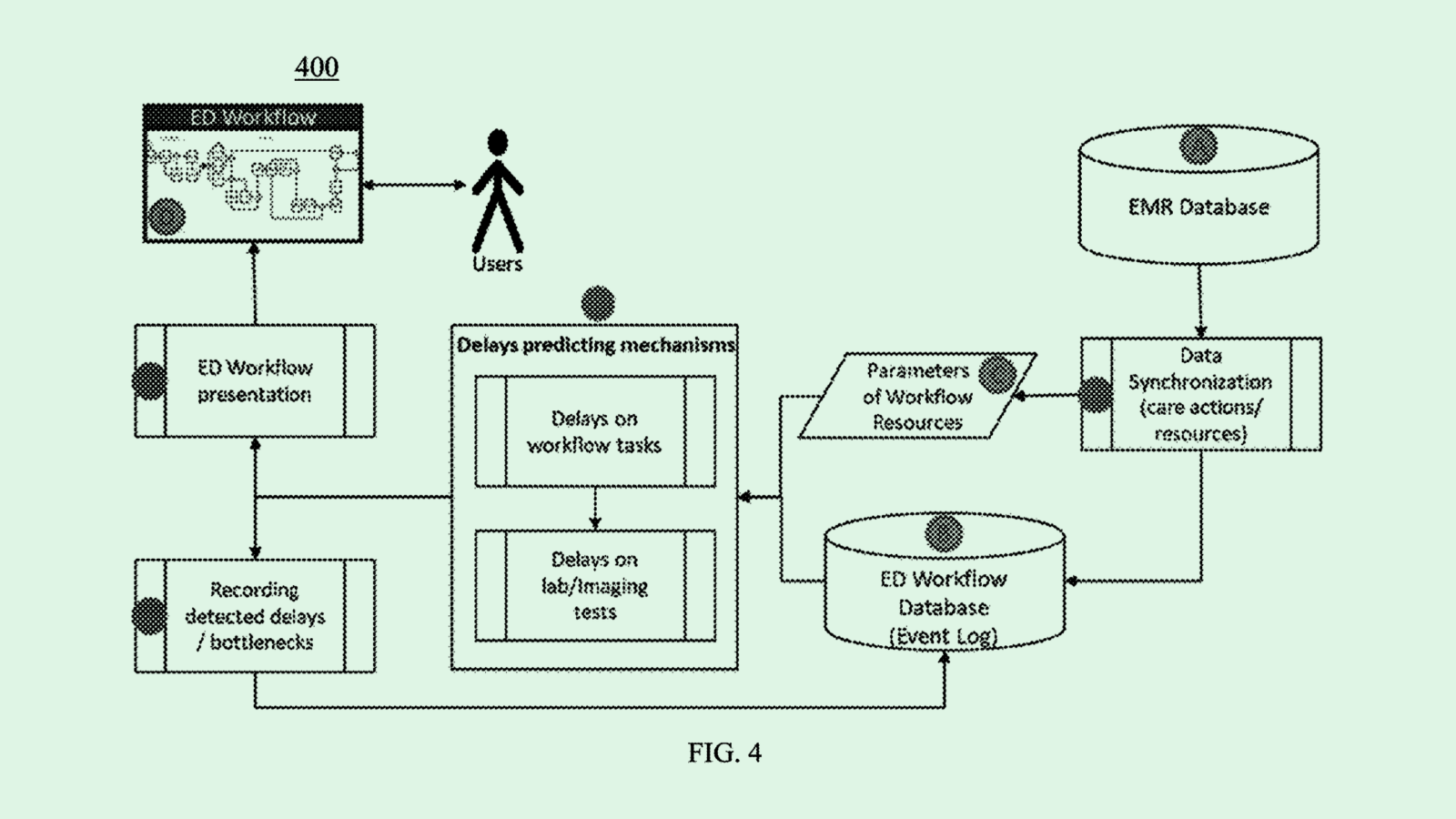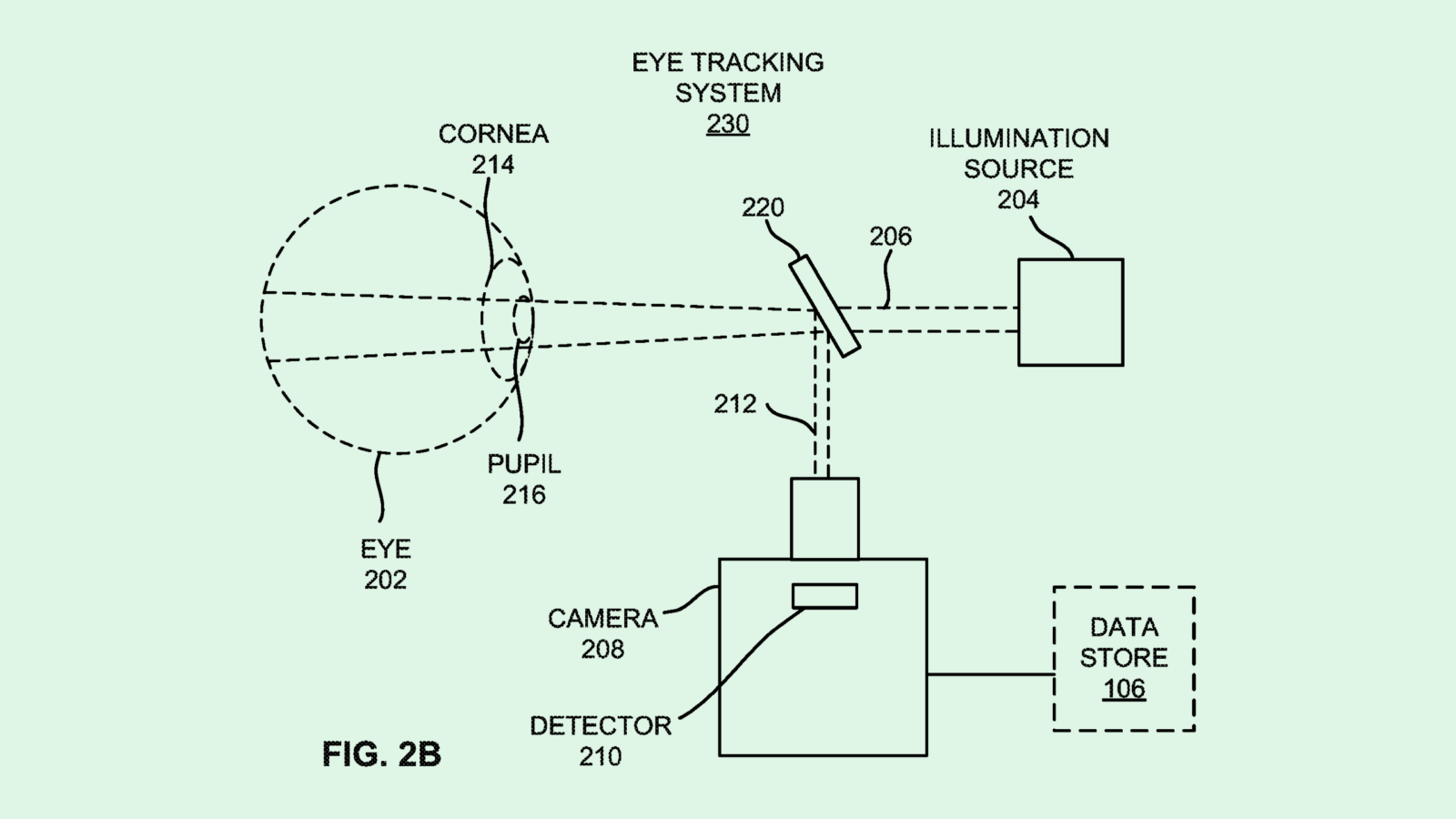Happy Thursday and welcome to Patent Drop!
Today, a patent from Electronic Arts for AI-powered game testing highlights the risks and rewards of using AI in video game development. Plus: Philips predicts how long you’ll be in the ER waiting room, and Meta checks your glucose.
Before we jump into today’s patents, a word from our sponsor, Brex. Any successful startup founder knows that runway is everything. Stretching each dollar is crucial, which is why 1 in 3 US startups use Brex. With Brex you get the best of checking, treasury, and FDIC protection in one account — learn more about Brex’s banking solutions.
Let’s get into it.
EA Spawns AI
While the gaming industry considers how to put AI to use, Electronic Arts might be considering it for play testing.
The video game maker is seeking to patent “playtesting coverage with curiosity driven reinforcement learning agents.” EA’s tech essentially aims to make sure that no stone is left unturned before a game is released in the wild.
“As video games grow in size and complexity it becomes more challenging to ensure they are optimally tested and validated,” EA said in the filing. “Automated learning agents often leave some aspects of video games untested.”
EA’s system uses what it calls “curiosity agents” to explore uncharted areas within video games. These AI-based curiosity agents use reinforcement learning — an AI training technique that rewards models for making certain decisions — to encourage exploration of new territory within a game.
These agents would begin exploration at a designated “spawn point,” and work their way through the game’s map until reaching an “exploration threshold.” Then, they are respawned into an unexplored area. The model stores data about positions and routes the agent takes during exploration, and tracks when they get stuck.
This process ensures games are thoroughly tested, and roots out any potential bugs that may be missed by human testers or traditional AI agents.

EA’s patent represents one of many ways that AI can speed up game development, said Kaveh Vahdat, founder and CEO of AI game development company RiseAngle. This tech can help accelerate processes like testing, ideation, concept design, and game mechanics, he said.
This tech can also make it easier for small game studios and development teams to compete with larger organizations, he said, cutting down costs and potentially leaving more budget for better marketing. “You may spend hundreds of thousands of dollars in game development budget for a small game, but you still need millions of dollars in budget for marketing,” he said.
For players, AI can also add in a personalization element that makes games more engaging and adapts to their behavior “on the fly,” said Vahdat.
EA has been publicly supportive of AI, with CEO Andrew Wilson saying at a conference in March that around 60% of its “development processes” could be impacted by generative AI tools, and that the company is “embracing [it] deeply.”
“We think about it in three core vectors: efficiency, expansion, and transformation,” Wilson said at the time. “We see a real embrace happening inside of our company around these things that can help them get to greatness much more quickly.”
Like any use case for AI, it has its “blind spots,” said Vahdat. AI models are often subject to hallucination, inaccuracies, and bias that can grow if left unchecked. Until science has surpassed those barriers, Vahdat said, a human needs to be in the loop.
However, the game industry is divided on where AI fits in at all. Video game performers authorized a strike under SAG-AFTRA in recent weeks, calling for protections against studios using AI to replicate voices and likenesses. Duncan Crabtree-Ireland, the executive director of SAG-AFTRA, told The Hollywood Reporter earlier this month that without AI protections, performers’ “ability to make a living in this business can be jeopardized within the term of this contract.”
Additionally, EA’s patent in particular could impact quality assurance testers — a group that has experienced several rounds of layoffs at the company in the past year and a half.
Extend Your Runway, Scale Your Business

A long runway is crucial for two types of people: pilots and startup founders.
Fortunately, airports tend to have well-maintained runways, but it’s a different story for founders. Why do most banks chip away at their funding with fees, minimums, and delays? Founders deserve better — that’s why Brex built a banking solution that helps startups take every dollar further.
With Brex, you get the best of checking, treasury, and FDIC protection in one account:
- Send and receive money fast worldwide.
- Earn industry-leading yield from your first dollar — while being able to access your funds anytime.
- Protect your cash with up to $6M in FDIC coverage through program banks.
Ready to join the 1 in 3 US startups using Brex and take every dollar further?
Philips Speeds Up the ER
Philips wants to predict when the ER is about to be packed.
The medical device firm filed a patent application for “predicting delays in emergency department workflow.” Philips’ tech relies on machine learning to predict emergency room bottlenecks and their causes. The system aims to ensure that these facilities meet their “time targets” for seeing patients.
“Although previous research has developed computational models for the identification of bottlenecks in the ED, there is a lack of research investigating the root cause of these bottlenecks,” Philips said in the filing.
Philips’ filing describes a workflow analysis system that uses a delay prediction algorithm, trained using a large database of medical information. This database could consist of tons of different data, including patient data like medical history and demographic information, and department data about the facility’s typical workflow.
This system then monitors the ED in real time, and the algorithm predicts delays, as well as what may cause those delays, such as whether the cause is a “department-level” delay or a “patient-level” delay. Along with its prediction, it would offer some recommendations for how to prevent or alleviate these issues.
For example, the system may recommend moving resources from one patient to another, or increasing resources in a testing laboratory or imaging department, Philips said. The company claims this tech could help “provide information to clinicians about ED workflow in order to improve patient outcomes and maximize facility resources.”

Philips’ tech could help address a massive issue befalling the US healthcare industry: staffing shortages in the fallout of the pandemic.
Several organizations have projected shortages of tens to hundreds of thousands of nurses in the next decade. The Association of American Medical Colleges projects that the US will see a physician shortage of up to 86,000 by 2036. And a survey by Medscape found that 49% of physicians surveyed reported experiencing burnout.
Tech like this could provide some much-needed relief to these workers, said Josh Thompson, founder and CEO of telehealth firm Impact Health USA. Machine learning can automate processes like note-taking, organizing patient information, and, as Philips’ patent intends, predict breakdowns that lead to packed ERs.
But given the sensitive nature of healthcare, there are some things AI can’t do on its own, said Thompson. This tech shouldn’t be solely in charge of things like diagnoses, treatment plans, or prescriptions, he said, but rather should act as a copilot for physicians. And given AI models’ tendency to hallucinate, there always needs to be a human in the loop to ensure patients aren’t getting improper treatment.
“What we really want to focus on is leveraging AI to get information faster, and be able to get information to the patients quicker,” Thompson said. “You’re always going to want a person on the back end.”
The other obstacle is data. Training a model like Philips’ — or any AI involved in healthcare — takes a whole lot of data. If patient data is used in this process, Thompson said, it has to be protected and anonymized: “With AI, you really have to put those safeguards in place to protect people’s information.”
Meta’s Glucose Monitor
Meta wants to keep an eye on your health.
The company filed a patent application for “glucose level change detection in eyes” using polarized light. Meta’s tech aims to track users’ heath conditions without “invasive measurements,” such as blood tests, by monitoring changes in their eyes that may indicate issues.
“Known blood glucose measurement devices may thus be disruptive to their users, and in some instances, painful to the users,” Meta said in the filing.
Meta’s patent would track the “polarization state” of light reflected off a user’s eye to determine their glucose level. A higher state of polarization or “rotation angle” of the eye may be indicative of a higher glucose level.
Meta’s tech would add a “polarization-sensitive detector” to its bevy of other eye-tracking devices within its headsets, monitoring gaze direction, pupil dilation, and ambient light levels. The system monitors glucose levels as they change over time to determine what a user’s baseline may be, and pick up on when this measurement may be out of the ordinary.
“The eye tracking system may detect the changes as a background operation, e.g., without informing the user of this process,” Meta noted. “As a result, changes in a user’s blood glucose level may be detected in a manner that may not require user instructions.”

Up-close and personal tracking isn’t exactly new territory for Meta. The company has sought patents for ways to track your brain waves, body signals, and skin vibrations, and has eyed health-monitoring tech with a patent for a blood-pressure reader that works in tandem with a headset.
There are several potential uses for these innovations. Tracking things like brain waves and eye movements could allow for more seamless control, and monitoring health metrics could allow for a more personalized experience.
However, the data collected through this kind of tech may soon be subject to broader legal protections. A first-of-its-kind bill in Colorado, which went into effect in early August, expands the state’s current privacy act, called the Colorado Consumer Protection Act. The law focuses on devices that don’t require medical permission to access.
This bill specifically protects data created from the “biological, genetic, biochemical, physiological, or neural properties, compositions, or activities or of an individual’s body or bodily functions.”
Legislation aside, in the world of health tech and consumer wearables, Meta faces steep competition with Apple — which has a far better reputation for protecting user privacy.
Extra Drops
- Ford wants to keep you on the straight and narrow. The automaker filed a patent application for systems for “navigating curvy roads.”
- Google wants to know where you might click. The company is seeking to patent “predictive retrieval of content based on cursor trajectory.”
- Zoom wants to make sure you’re actually there when your camera is off. The company wants to patent for “enforcing a liveness requirement on an encrypted video conference.”
What Else is New?
- Microsoft will release Recall in October, its controversial AI feature that takes screenshots of user activity.
- Story, a startup that uses blockchain to protect against AI copyright theft, raised $80 million, valuing the firm at more than $2 billion.
- Brex Knows That Runway is Crucial. So they built a banking solution that helps founders take every dollar further. Unlike most traditional banking solutions, Brex has no minimums and gives you access to 20x the standard FDIC protection via program banks. And you can earn industry-leading yield from your first dollar — while being able to access your funds anytime. Get Brex, the business account used by 1 in 3 US startups – learn more.*
* Partner
Patent Drop is written by Nat Rubio-Licht. You can find them on Twitter @natrubio__.
Patent Drop is a publication of The Daily Upside. For any questions or comments, feel free to contact us at patentdrop@thedailyupside.com.

